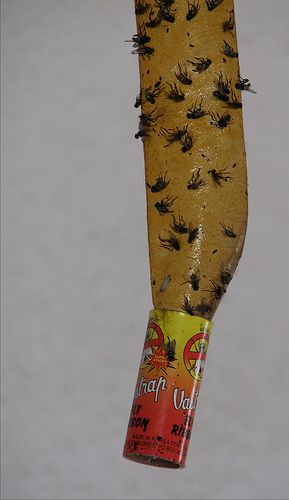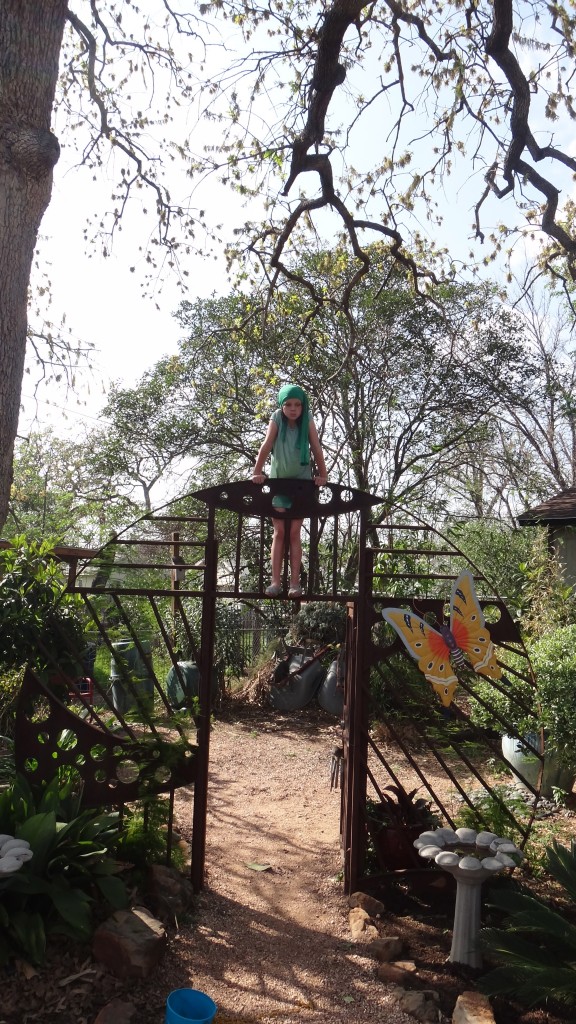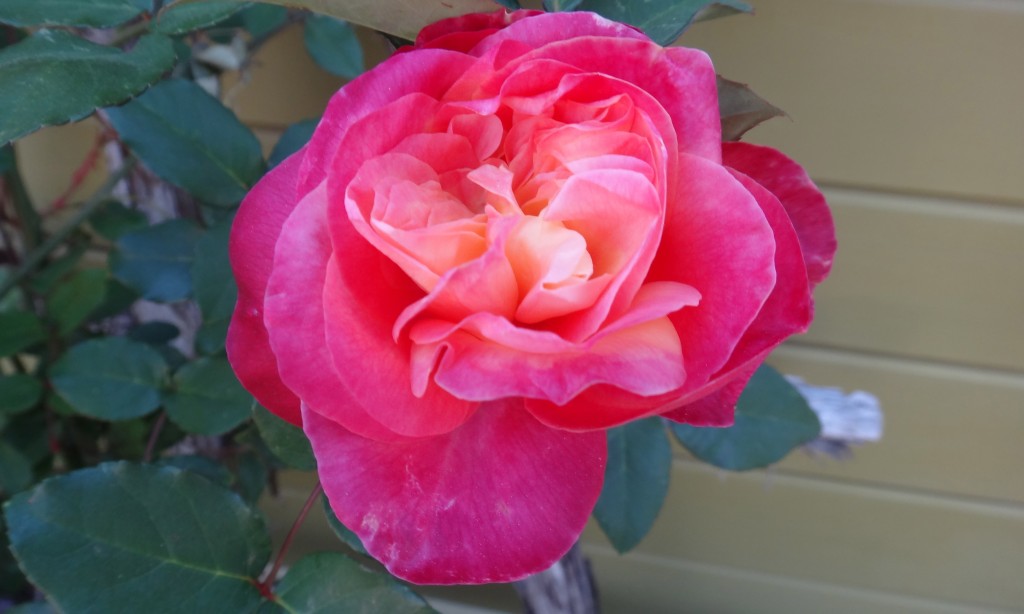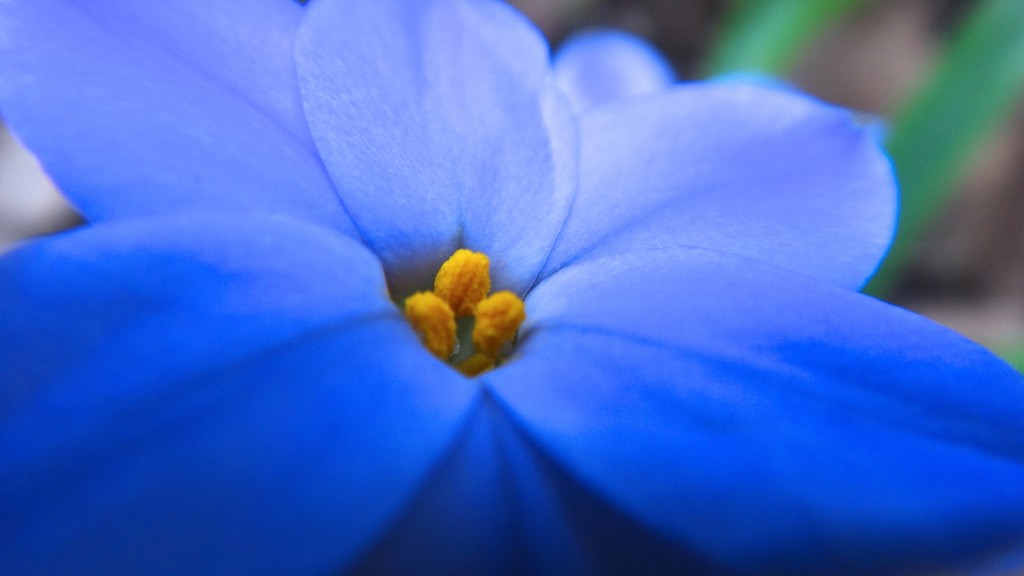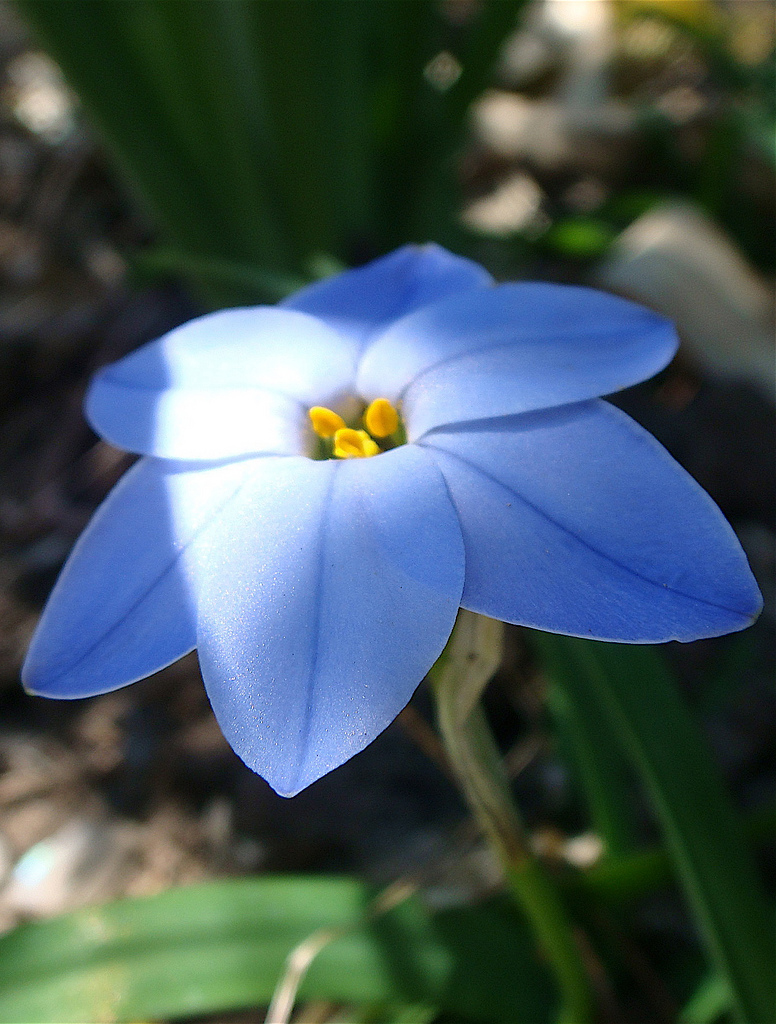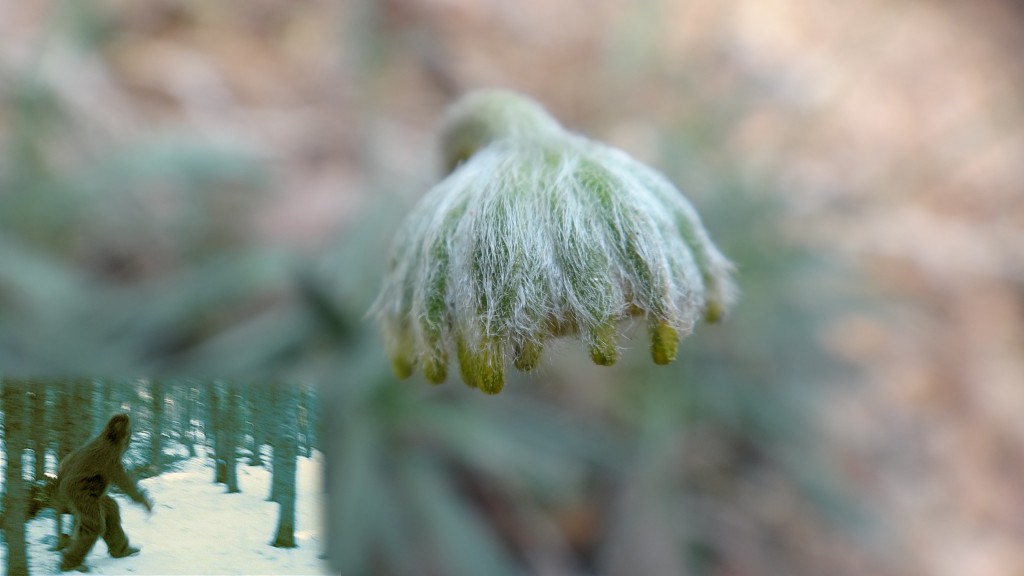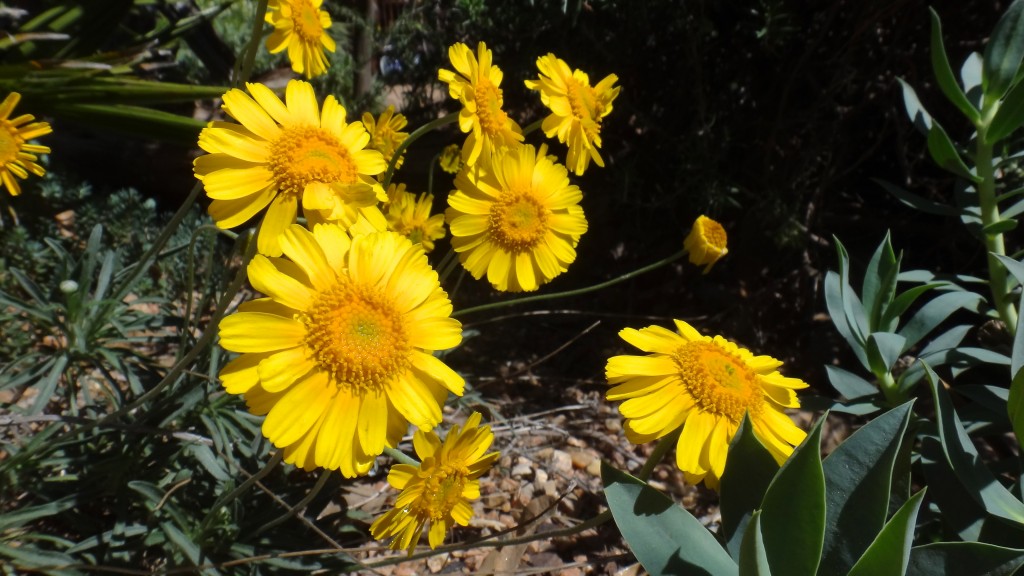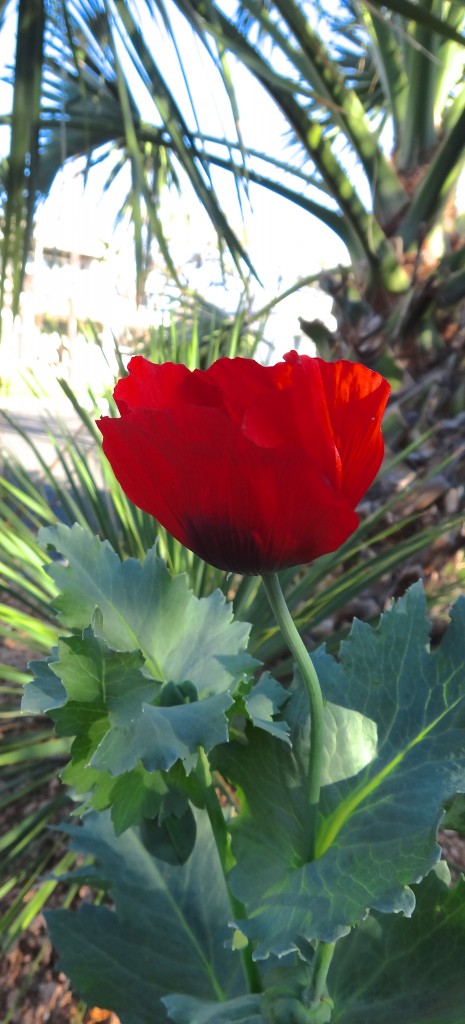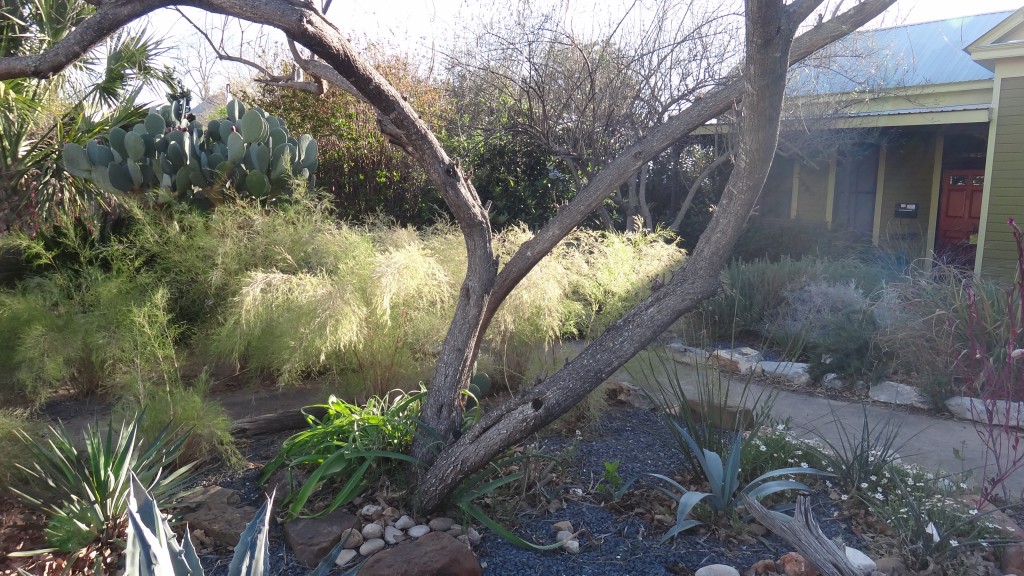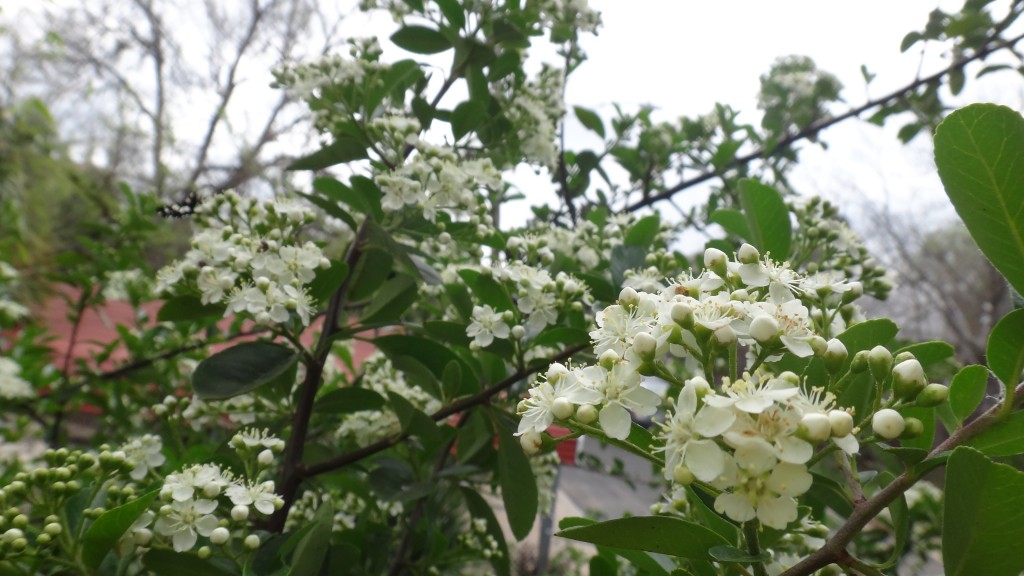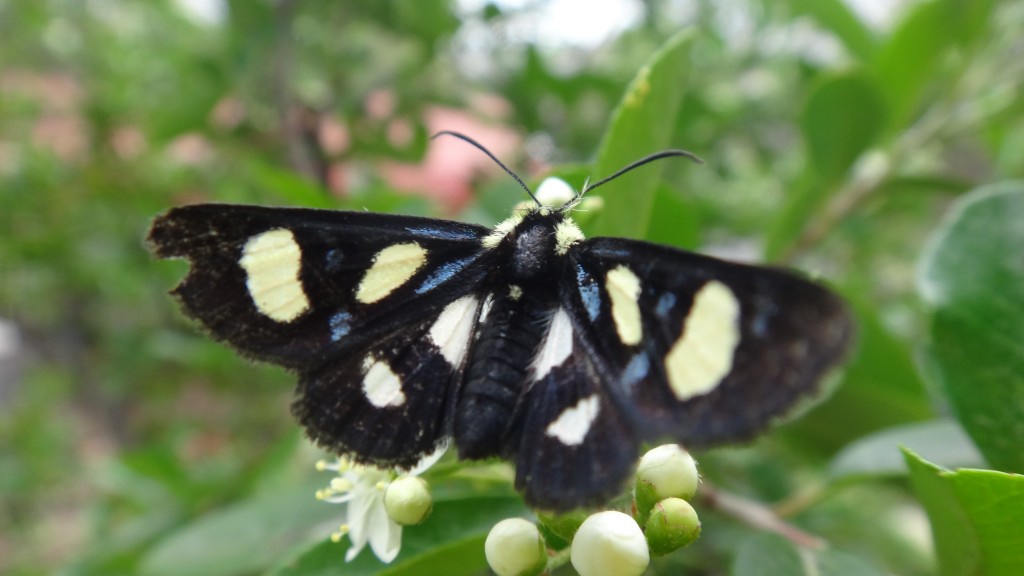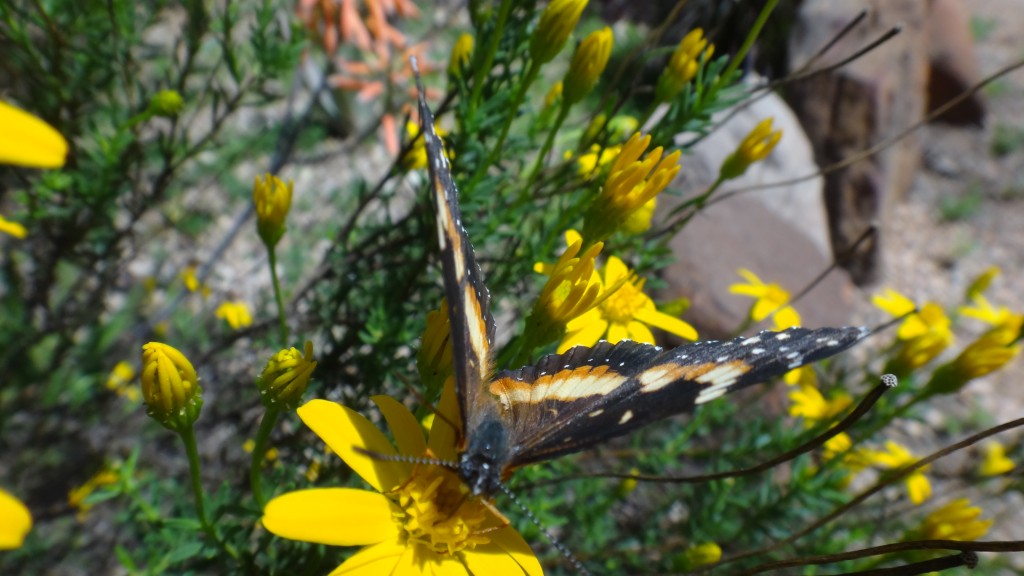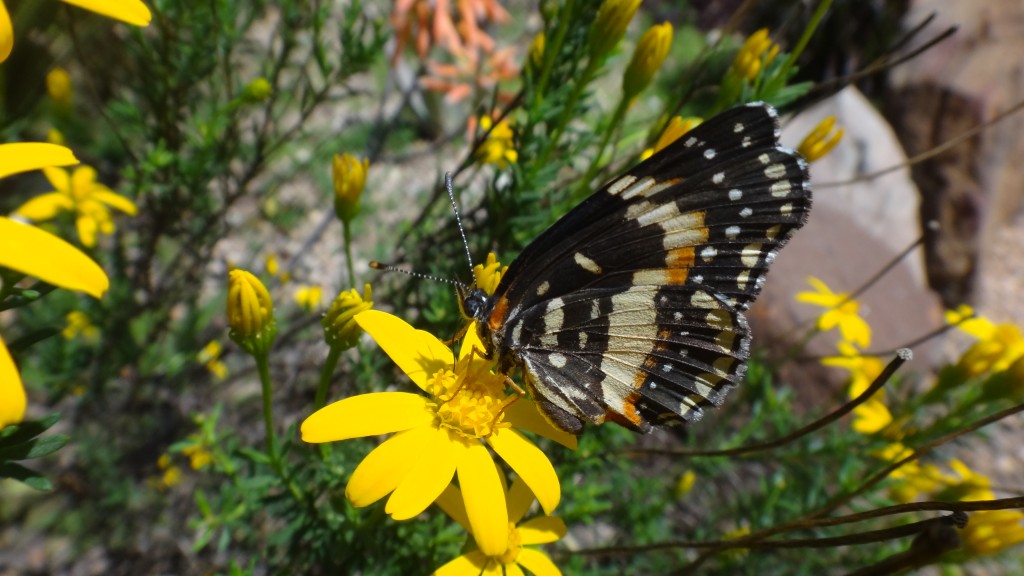
I am repeating myself.
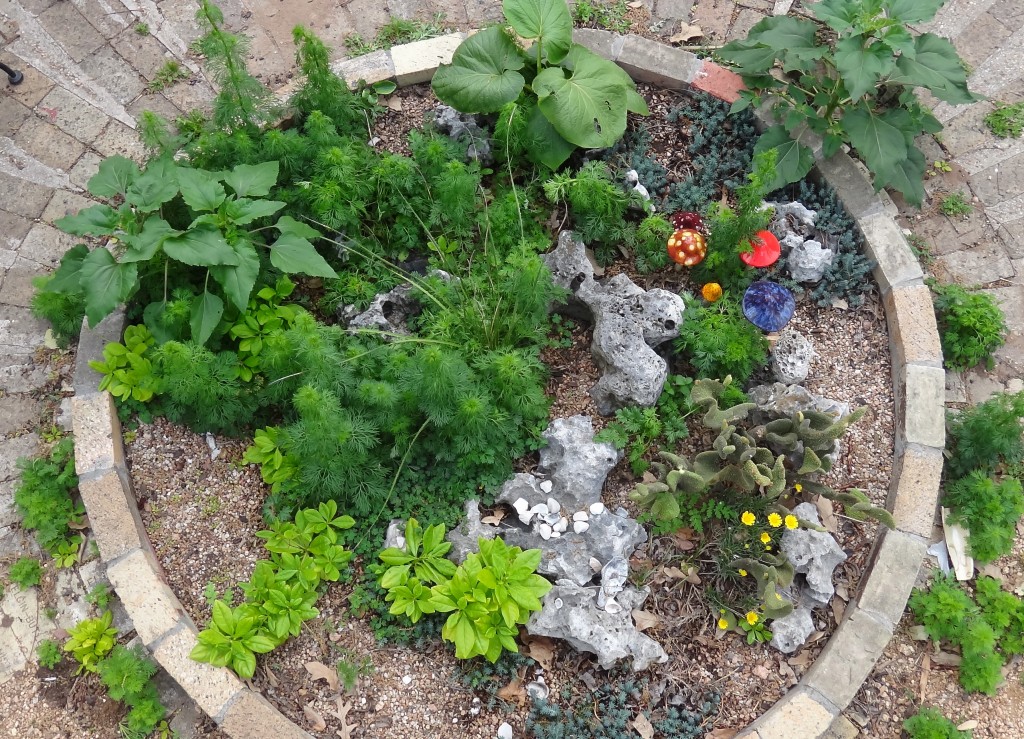
There is an awful lot going on in and outside of here…

an awful lot indeed.
I put on my backpack, grabbed some

and embarked on another expedition, this time into my circular planting bed.

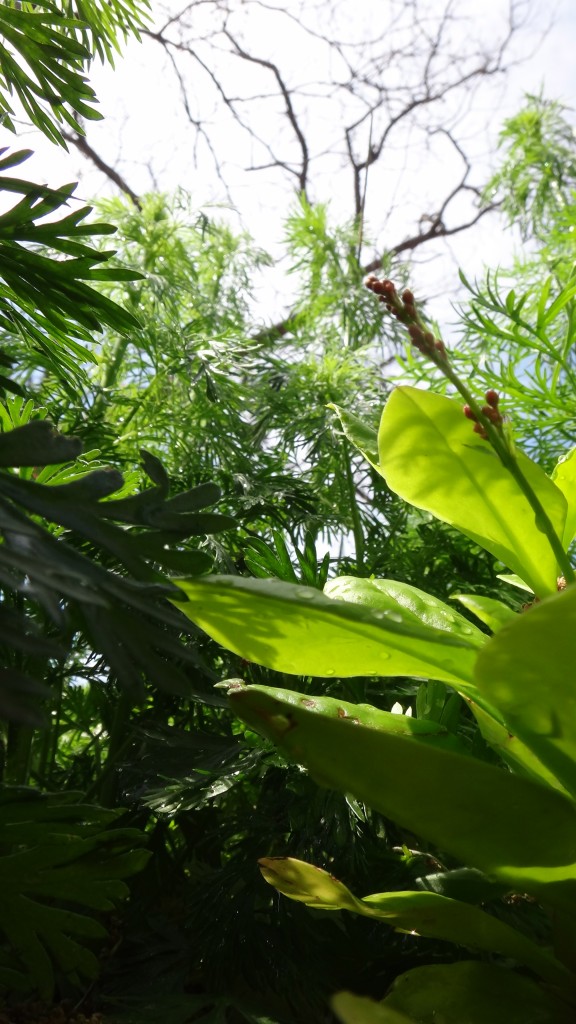
Hacking a path with my machete, the foliage at ground level was dense and foreboding, not much sunlight made it through the dense larkspur upper canopy.
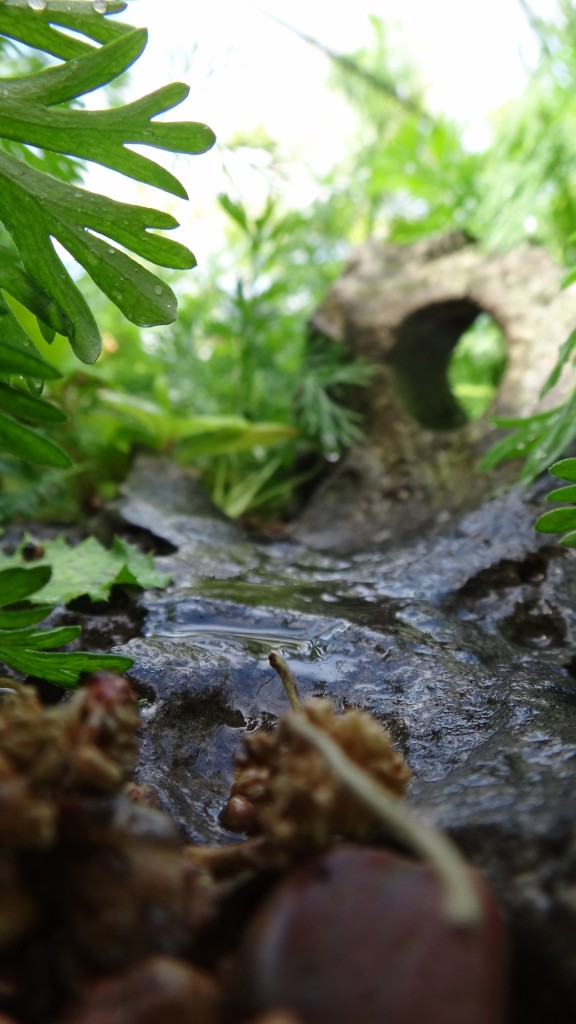
There were occasional breaks in the foliage where water had, over thousands of years, eroded deep gorges and holes into the ancient rocks.
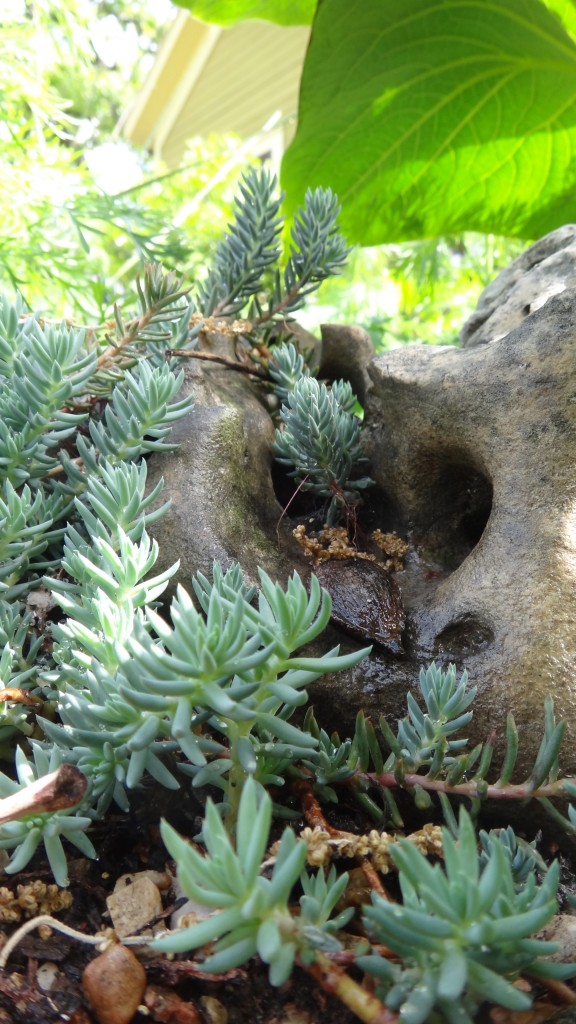
I observed Sedum reflexum growing as large as pine trees on some of the rock faces and massive tarp-like hoja santa leaves that offered protection from the sun.
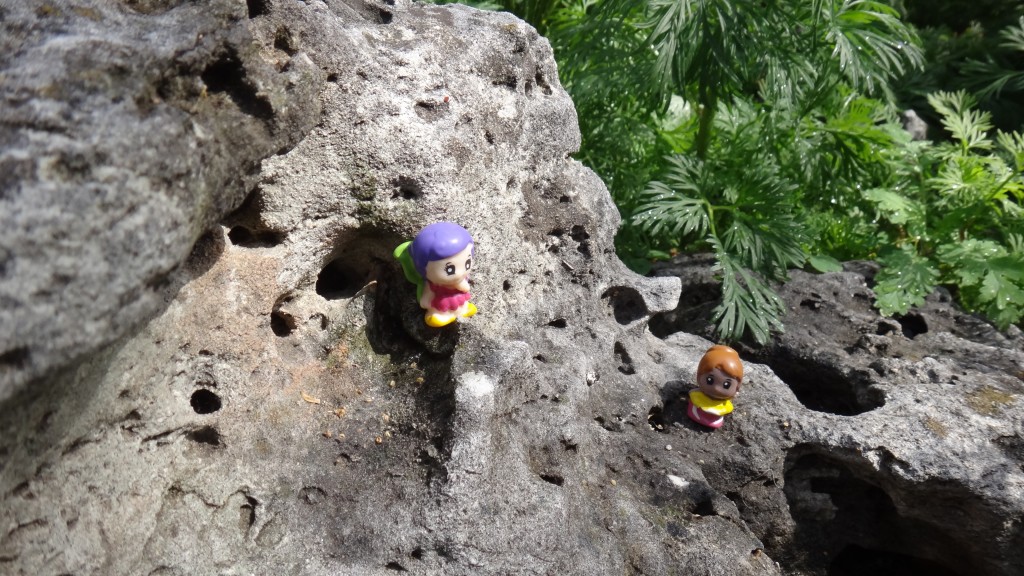
This particular rock face had vertical drop-offs and treacherous pathways.
I passed what I assumed to be some of this regions indigenous tribes-folk, strangely they did not say a word.
At the summit of this mountain I was surprised to find
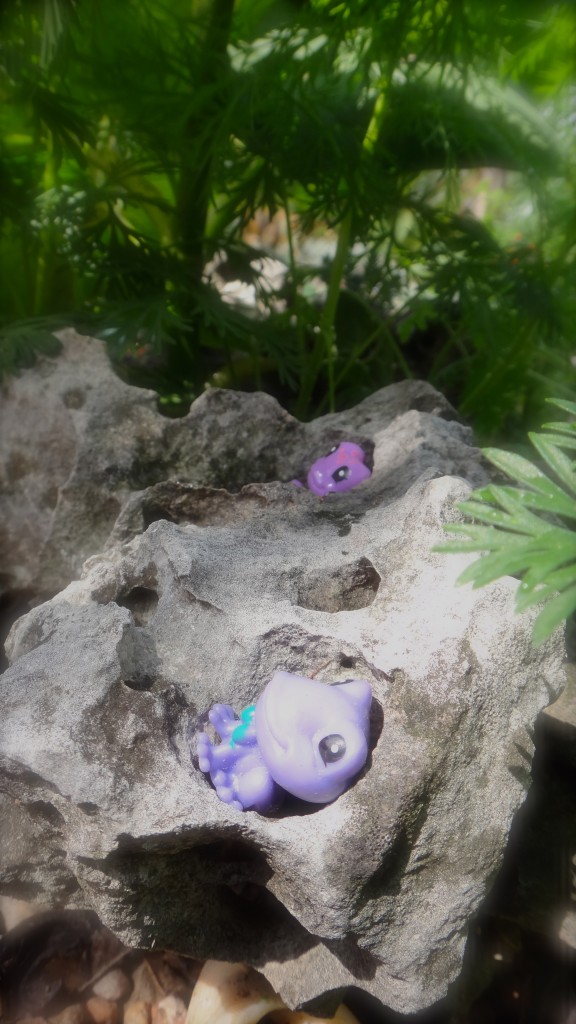
these exotic tiny frogs, basking in the filtered sunlight. I observed them for some time until the silence was broken by a loud whooshing sound over the other side of the rock face.

Jings, crivens help ma boab!
What was this place that time had forgot? (Overly dramatic score)

In the next valley there were
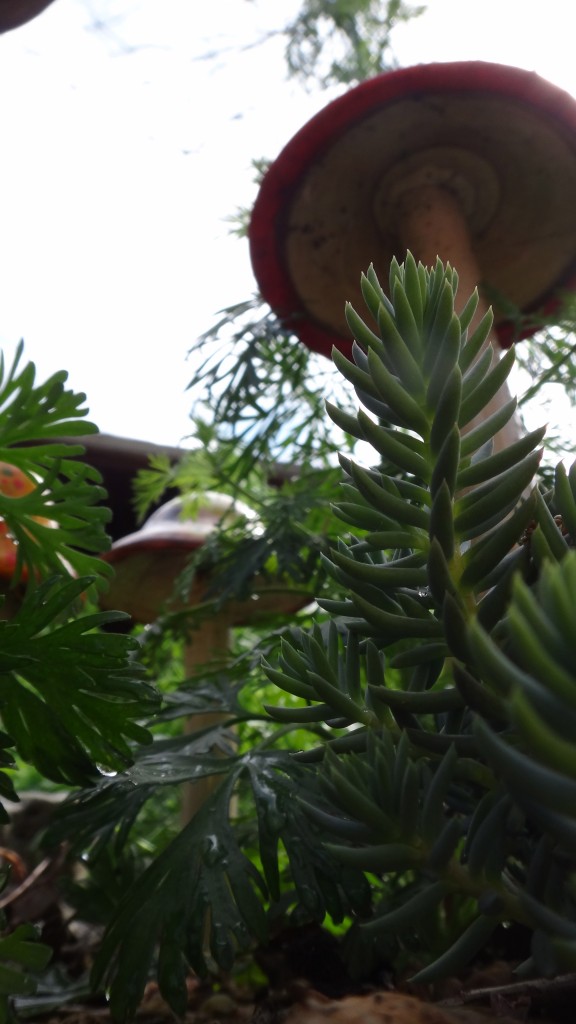
towering toadstools and
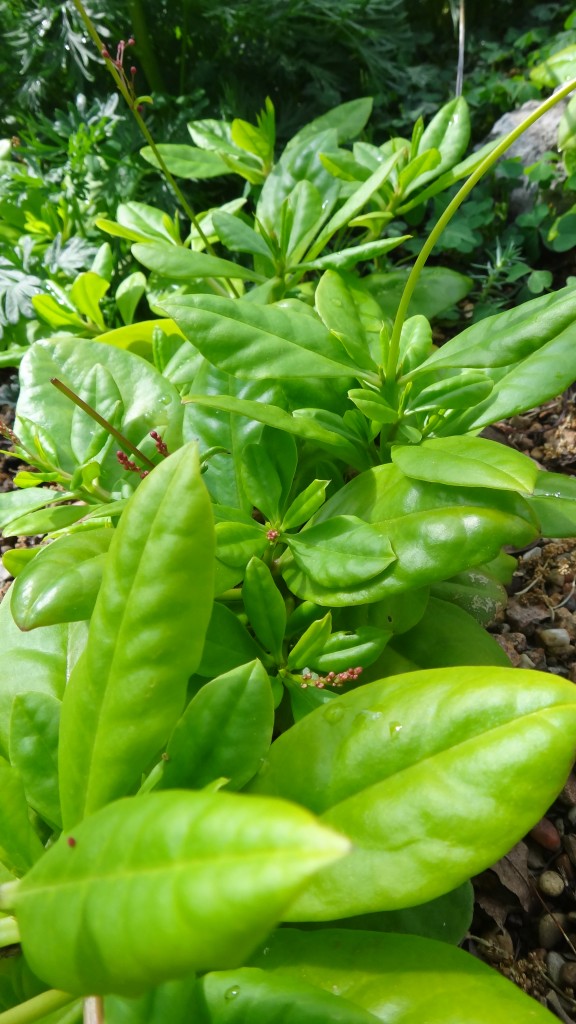
groves of these “Jewels of Opar”,
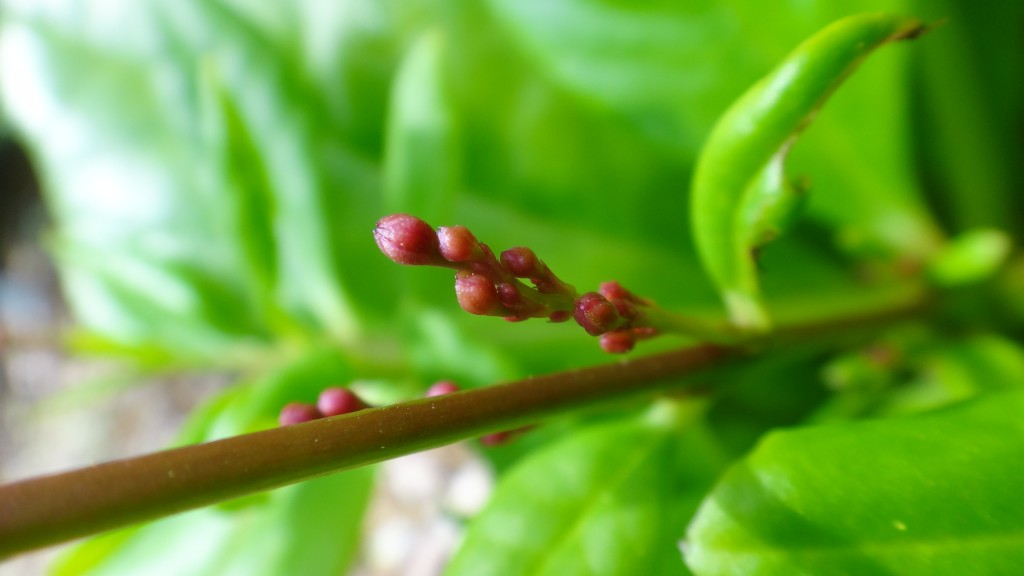
though their “jewels” had a lot of growing to do…ahem.

High up in the distance I could make out the silhouettes of more monsters,
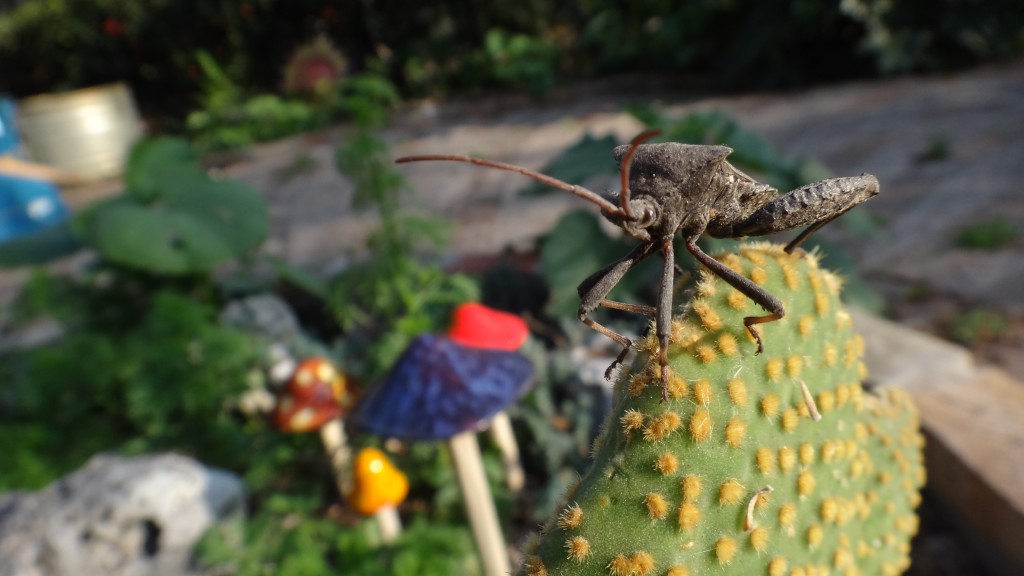
monsters that had…RETRACTED PROBOSCIS!

And you all know how I feel about those.
Of course there are other monsters that roam down the decomposed granite pathways in the Patch.

This one has a green thumb.

Yes it was time for me to exit this small patch of land that time had forgot before things got any more ridiculous.
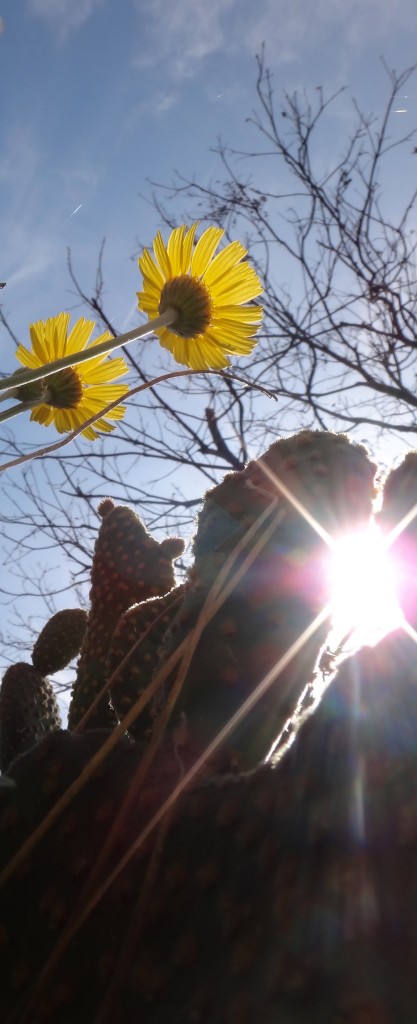
Back to my normal size:
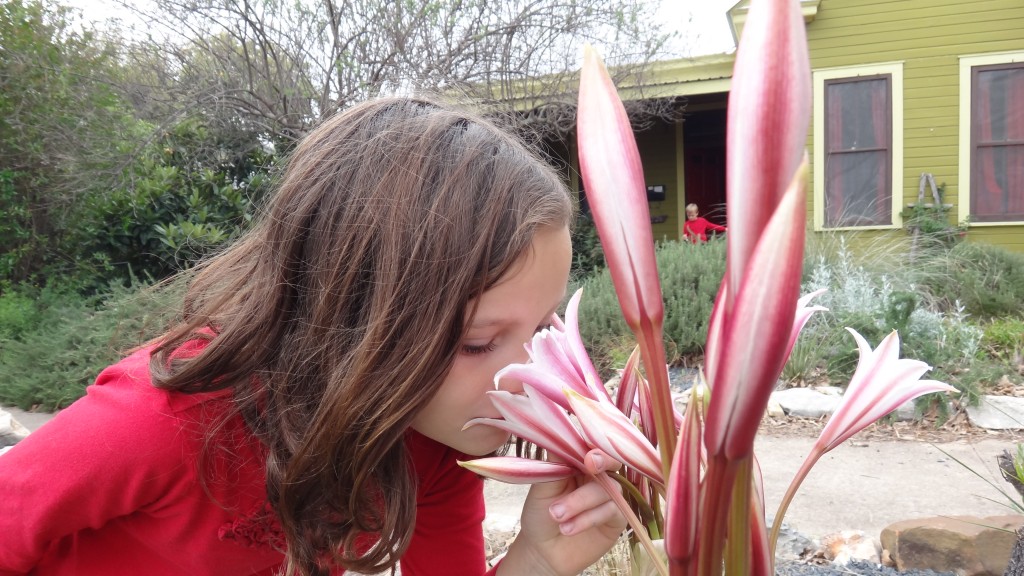
These star gazer lilies sit there most of the year doing absolutely nothing. They burn at the edges in the middle of summer, require some trimming, but once a year, for a very short time they do this:
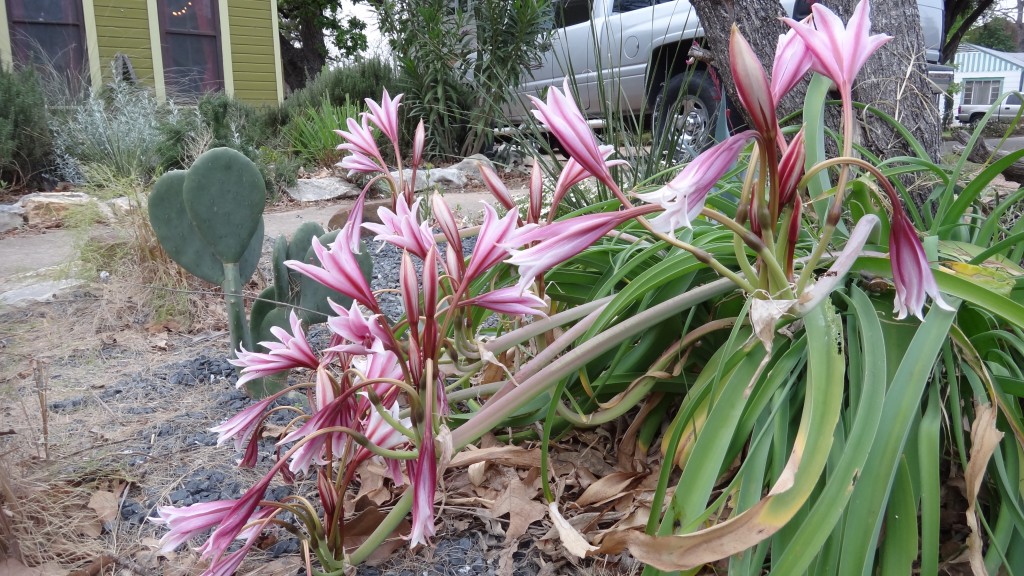
Which makes it worthwhile…I think.
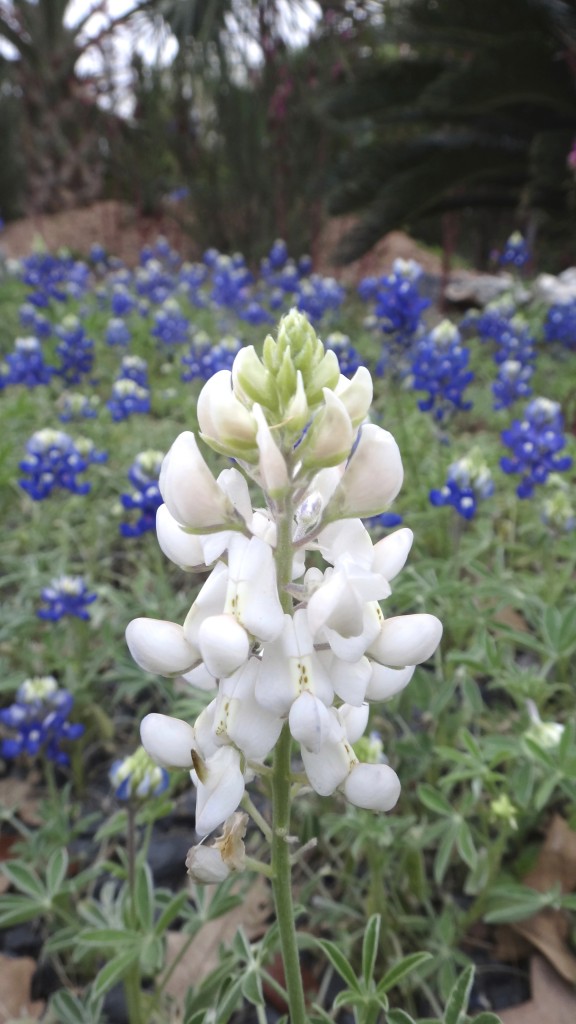
The bluebonnets have also done amazing well despite the worsening drought situation in central Texas.
I even have one white one…just the one.
White bluebonnets are the result of a mutation in one of the genes responsible for producing the blue pigment of the flower, they are quite a rare phenomena, pink bluebonnets being the rarest.
Finally:
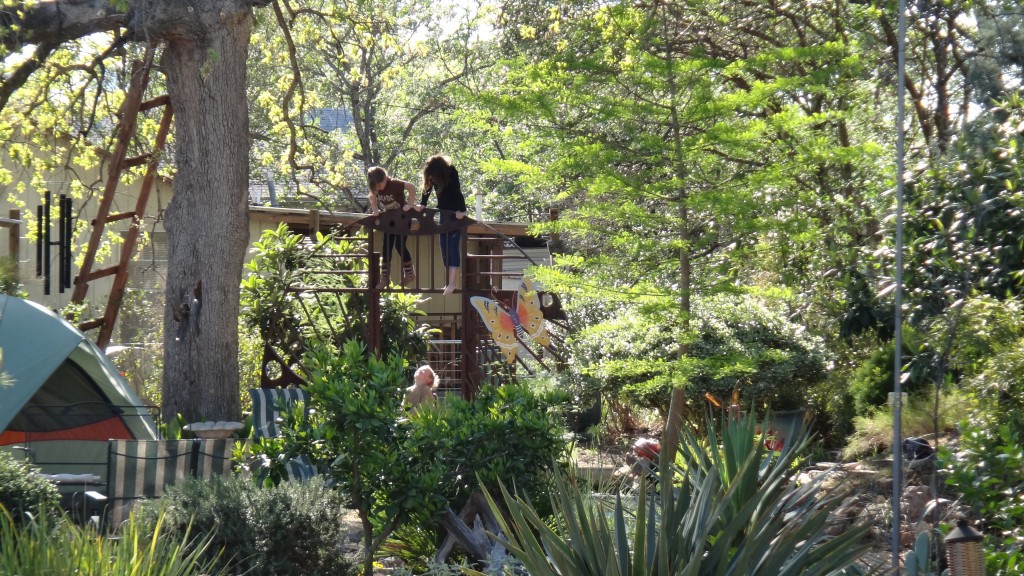
Now the neighborhood kids are getting in on the climbing the hobbit gate act.
The “Oh, I don’t think so” image of the week:
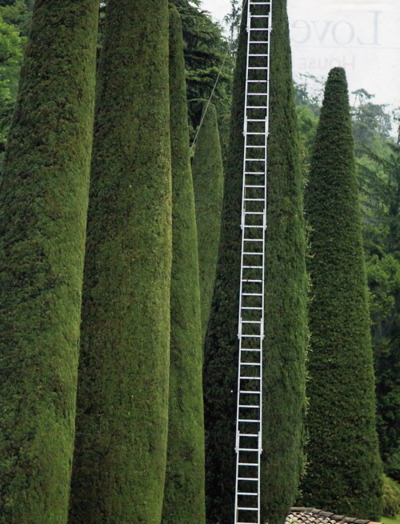
Stay Tuned for:
“Darkness Returns”

All material © 2013 for eastsidepatch. Unauthorized
intergalactic reproduction strictly prohibited, and
punishable by late (and extremely unpleasant)
14th century planet Earth techniques.








